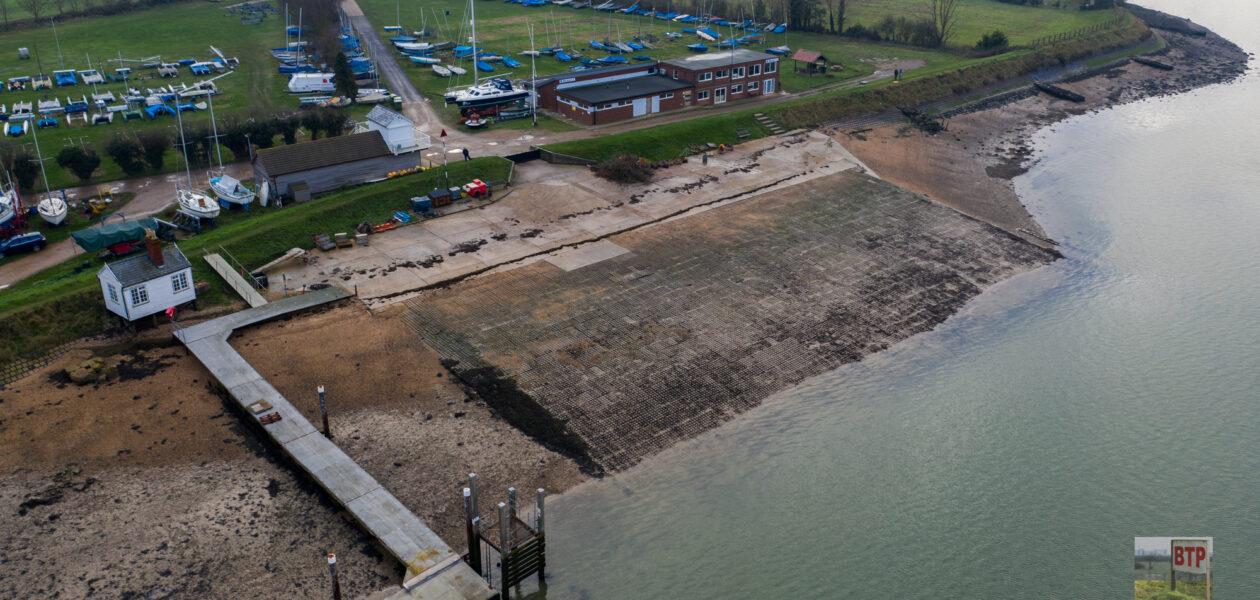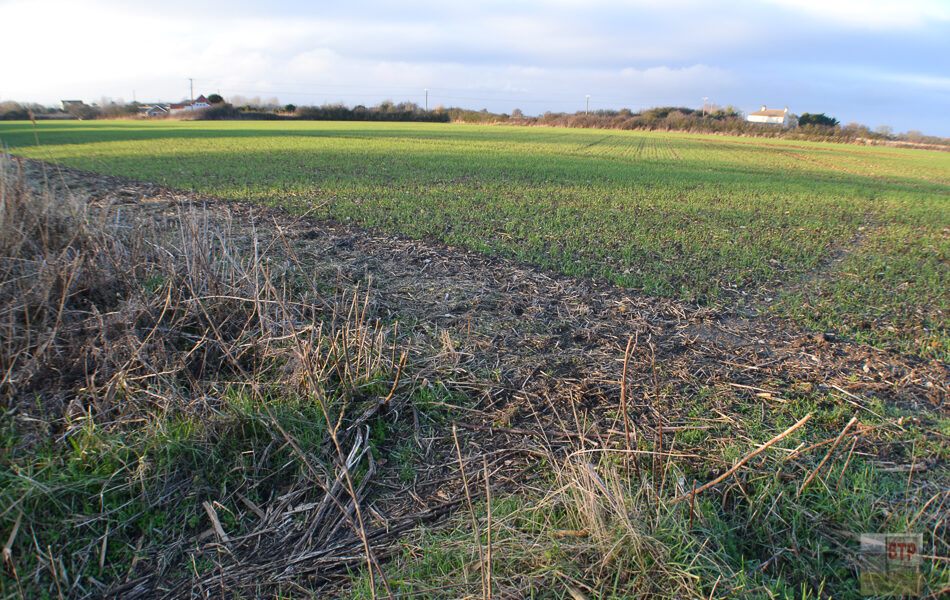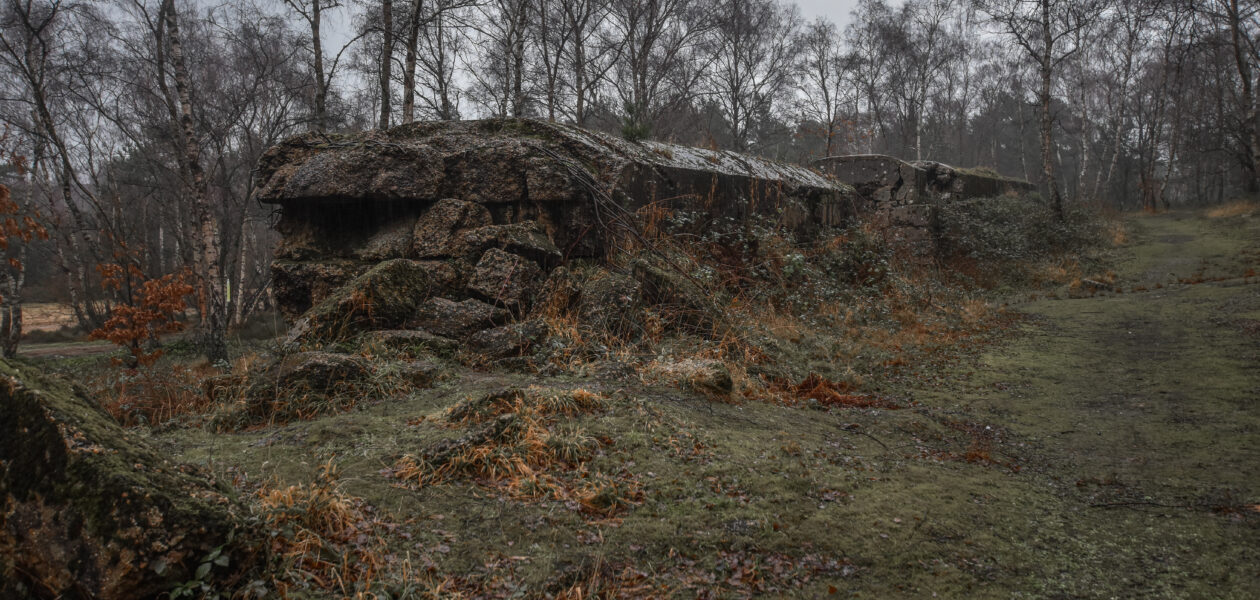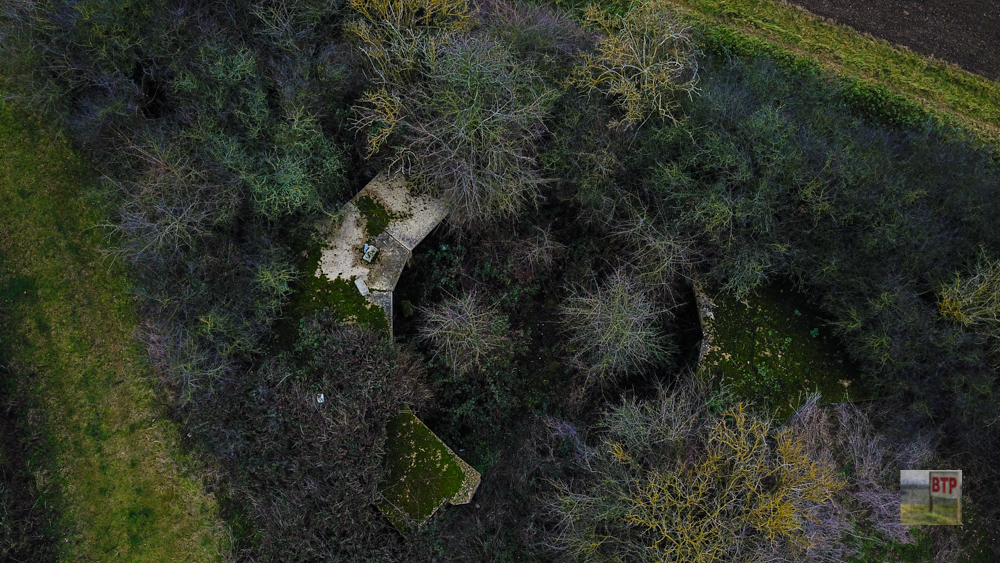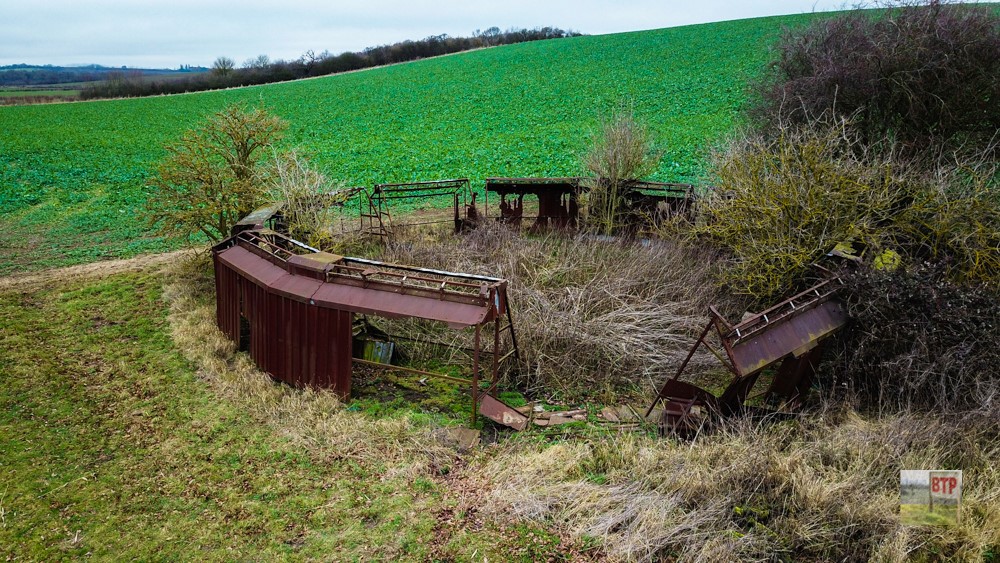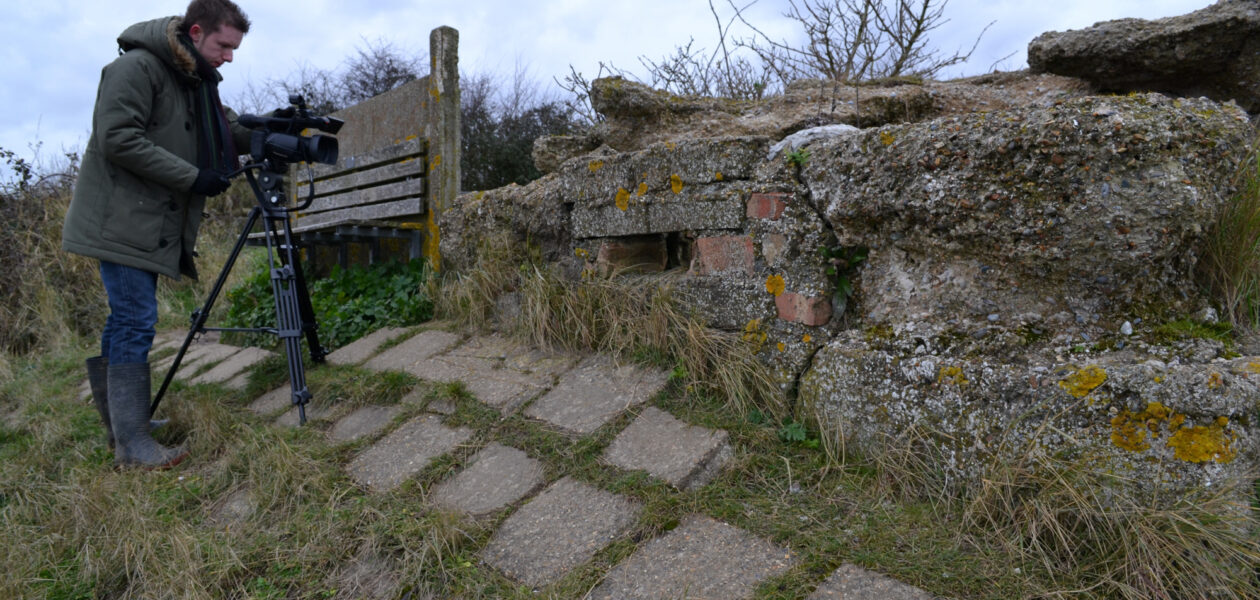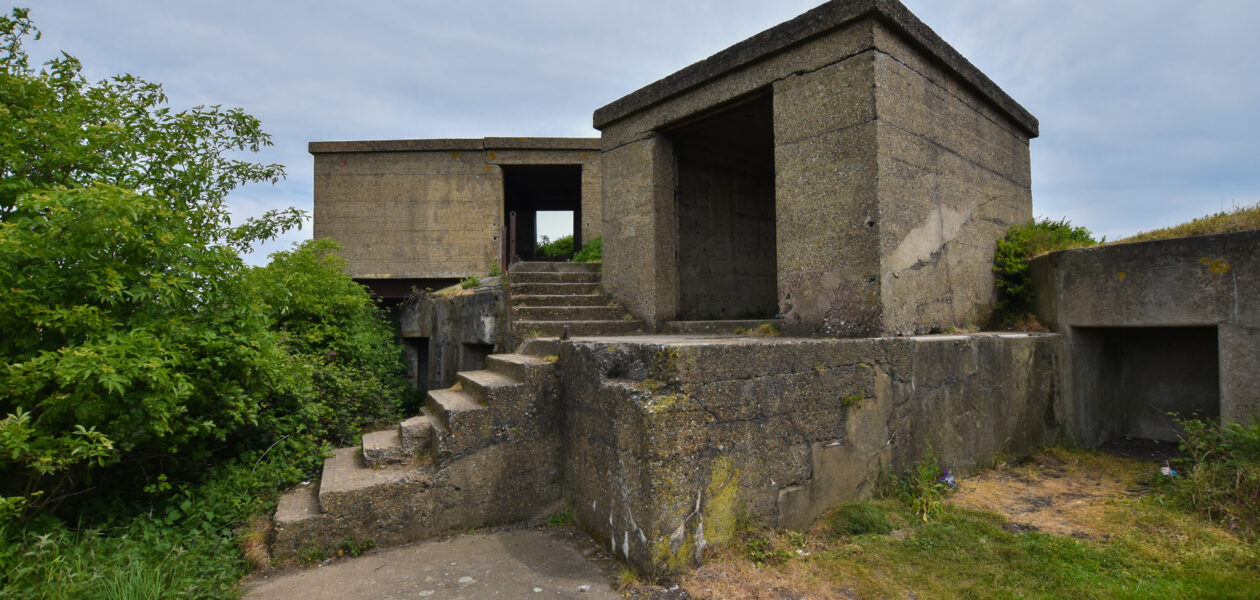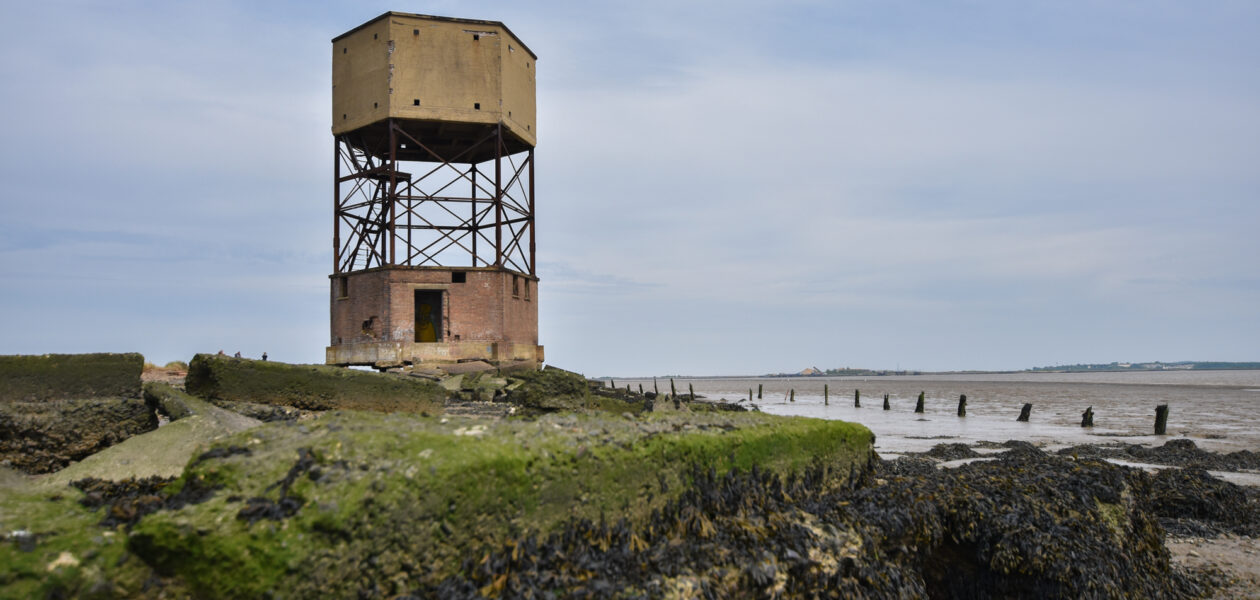D-Day Embarkation Hards
The D-Day allied invasion of France, 1944, was an enormous logistical project which saw Essex overrun by military preparations to send off thousands of allied troops to the beaches of Normandy. Stansgate Abbey and Stone Point in the St. Lawrence area of the Dengie Peninsula are both sites home to little-known yet surviving ramps constructed in…
View More
